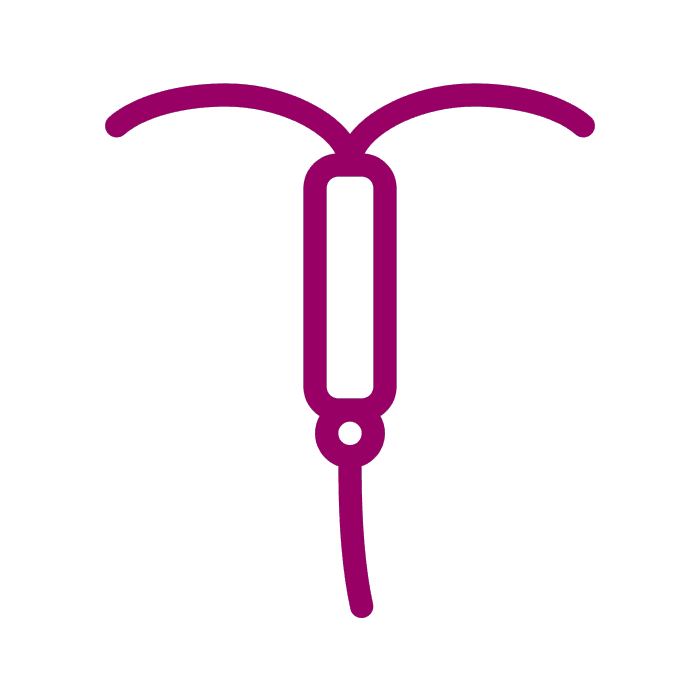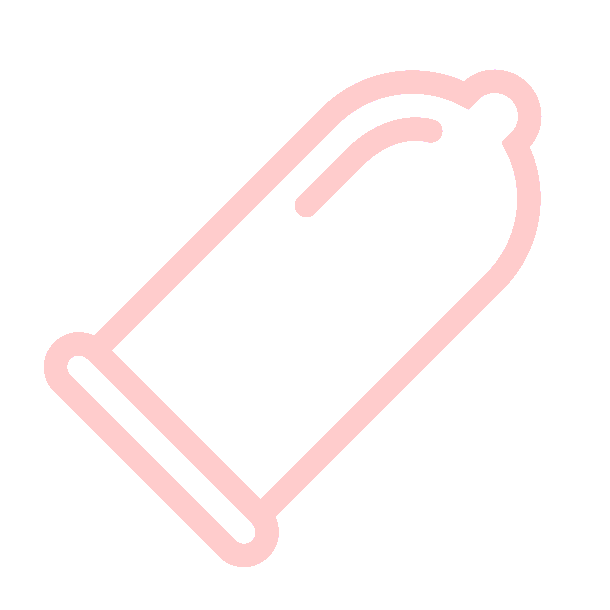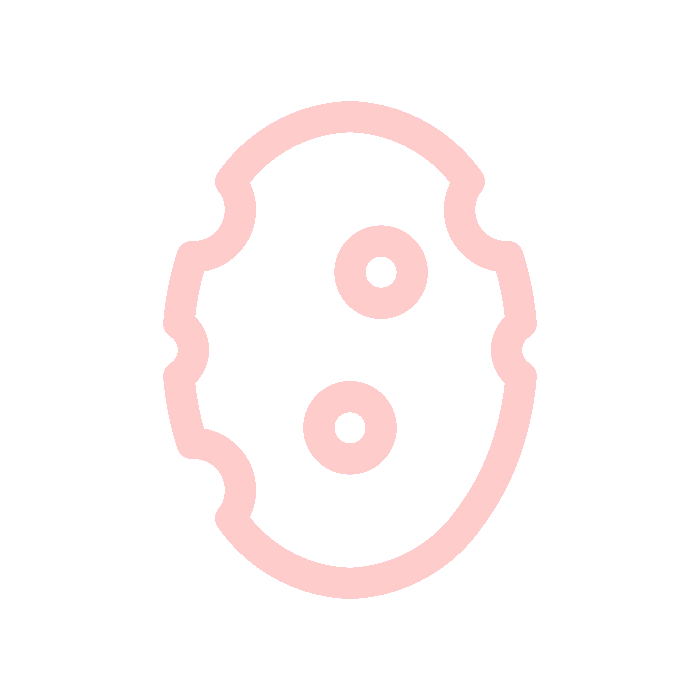
CONTRACEPTIVE INJECTION
Hormonal Method
The contraceptive injection is a shot of hormones that lasts for 1 up to 3 months.
94 % Effective
Details
The contraception injection provides a slow release of the hormone progestogen into your bloodstream to prevent pregnancy. Progesterone prevents the release of an egg from your ovary (ovulation) and also thickens the mucus in your cervix to stop the sperm from entering your uterus. You would need to have an injection every 2 or 3 months, depending on the type of injection you use. This is an effective form of contraception, with the highest risk of pregnancy being if you miss an injection.
How to
Ask your healthcare provider is the contraceptive injection is the right contraceptive method for you. Depending on the type of contraception injection your healthcare provider recommends, you will need to return to the clinic every 2 or 3 months for another injection. The injection is usually given in your bottom but can be given in your upper arm. There can be a delay of up to 1 year before your periods return to normal and you can become pregnant.
Pros
It is an effective form of contraception
You do not have to remember to take a pill every day
It does not interrupt sex
For some women, it may reduce heavy, painful periods and help with premenstrual symptoms
It may be an option if you cannot use oestrogen-based contraception
Cons
You will need to remember to have a repeat injection before it expires or becomes ineffective
Some women may experience side effects
It can take up to 1 year for your fertility to return to normal after the injection wears off, so it may not be suitable if you want to have a baby in the near future
It does not protect you against sexually transmitted infections (STIs), such as HIV), so you may need to use condoms as well
Side Effects
You may experience:
Changes in your monthly bleeding patterns, including:
Lighter bleeding and fewer days of bleeding
Irregular bleeding
Infrequent bleeding
Periods that last longer
No monthly bleeding
Weight gain
Headaches
Dizziness
Tender breasts
Frequently Asked Questions
-
The contraceptive injection is a shot of hormones that prevents pregnancy while effective. It can last between one and three months.
-
A healthcare provider must administer the contraceptive injection. Depending on where you live, you can have the injection done at your local doctor or family planning clinic.
-
You need to have the injection once every month or every three months, depending on the type of injection. The amount of hormone injected to prevent unintended pregnancy will only last around 4-12 weeks. The injection type determines this duration. You are unprotected against pregnancy if you miss contraceptive injections.
-
If you are sexually active but do not currently wish to have children, you can continue having the injections to protect against pregnancy. We advise having regular check-ups with your doctor or healthcare provider to determine the method that suits you best.
-
No. There may be a delay in regaining fertility after stopping monthly injections. In time, a woman will be able to become pregnant as before, although fertility decreases as women get older. The bleeding pattern a woman had before she used injectable contraceptives Generally, a few months after the last injection, The bleeding pattern a woman had before she used injectable contraceptives returns to normal. Some women may have to wait a few months before their usual bleeding pattern returns.
-
Periods and fertility may take up to a year to return after stopping injections, depending on the type of injectable, and this may vary from woman to woman.















CONTRACEPTIVE METHODS
CONTRACEPTIVE METHODS
-

CONTRACEPTIVE IMPLANT
1 or 2 small hormone-releasing silicone rods placed under the skin by a healthcare provider.
-

CONTRACEPTIVE PATCH
A patch that sticks to the skin and releases hormones that are highly effective at stopping pregnancy.
-

CONTRACEPTIVE RING
A flexible plastic ring that is placed in the vagina by the woman and constantly releases hormones.
-

DIAPHRAGM
A diaphragm is a small dome that blocks the entrance to the cervix to stop sperm from entering the womb.
-

EMERGENCY CONTRACEPTIVES
Emergency contraceptives are hormone-based pills that are used in the event of accidental unprotected sex.
-

FEMALE CONDOM
A female condom is a sheath that is placed inside a woman’s vagina before sexual intercourse.
-

FERTILITY AWARENESS
Fertility awareness is the method of only having sex on the non-fertile days of your menstrual cycle.
-

INTRAUTERINE DEVICE
An IUD is a small, flexible, often T-shaped device wrapped in copper that is placed inside your womb by your healthcare provider.
-

INTRAUTERINE SYSTEM-IUS
An IUS is a small, flexible, T-shaped system that releases low levels of hormones and is placed inside the womb by your healthcare provider.
-

MALE CONDOM
A condom is a thin film sheath that is placed over a man’s erect penis before having sex.
-

PULL-OUT METHOD
Pulling out (also called Withdrawal Method) requires no additional hormones or devices, just impeccable timing and a lot of luck.
-

SPERMICIDES
Spermicides affect the way sperm travels in the womb making it hard for them to move freely and fertilize an egg.
-

SPONGE
A sponge blocks the entrance to the cervix and releases spermicide, both together stopping sperm from entering the womb and fertilizing an egg.
-

STERILISATION
Sterilisation is the process of completely taking away the body’s ability to reproduce through surgery or minimal invasion.
-

THE PILL
The pill is a small tablet containing hormones that must be swallowed every day, at the same time.



